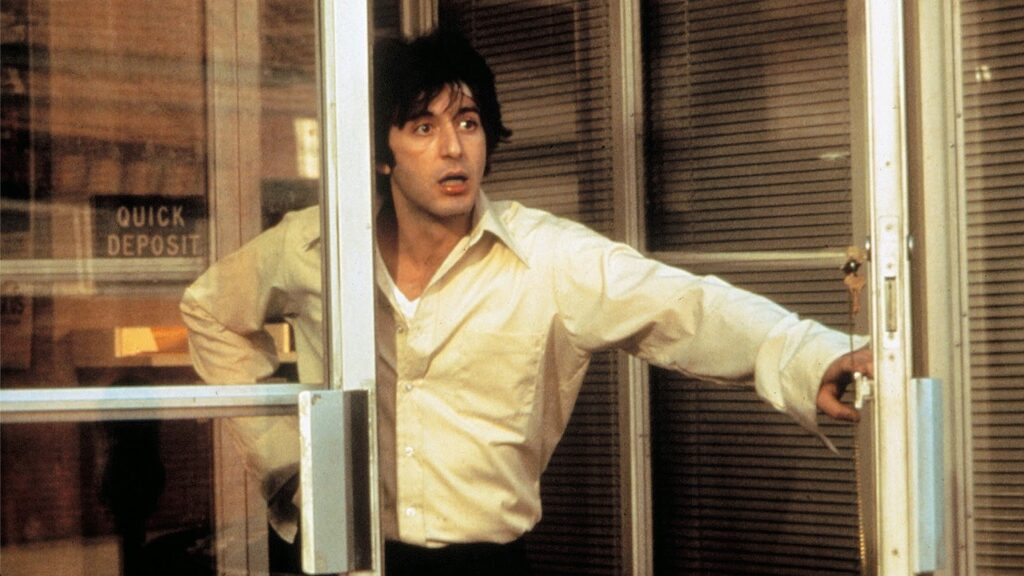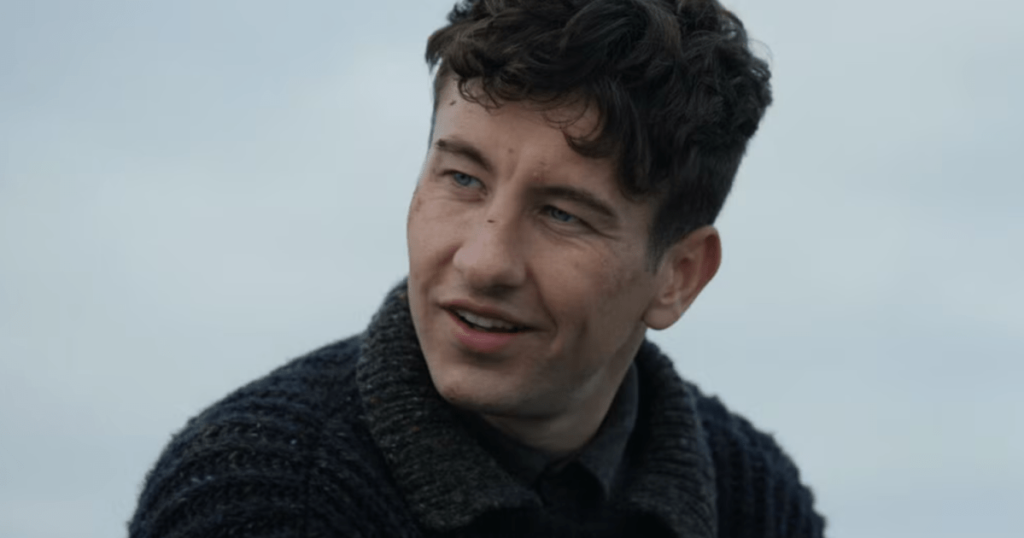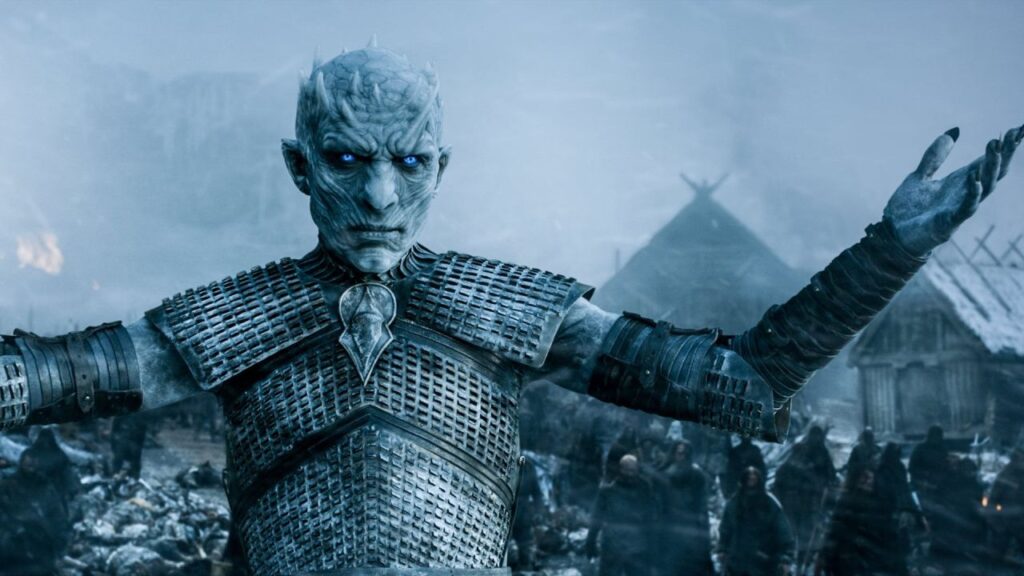
We may receive a commission on purchases made from links.
In Sidney Lumet’s terse 1975 classic “Dog Day Afternoon,” based on the 1972 Life Magazine biography “The Boys in the Bank” by P.F. Kluge, Al Pacino plays Sonny Wortzik, the ringleader of a first-time bank robbing team. He and his cronies — including Sal (John Cazale) and Stevie (Gary Springer) — have set their sights on the First Brooklyn Savings Bank, thinking they can get in and out with minimal fuss and a pile of cash. Everything goes wrong right away, however. Stevie flees the scene, leaving his compatriots a little stranded, and Sonny learns that the daily pickup has already occurred, leaving him with only $1,100 in cash.
The situation merely snowballs from there. A small fire in the bank alerts the police and Sonny locks himself inside the bank, forcing him into a hostage situation. Sonny, not a career criminal, is still suspicious of all cops, seeing as the infamous Attica Prison Riot had taken place less than a year before. That riot, to remind readers, saw prison guards murdering 43 inmates, making it the deadliest prison uprising in history. Sonny, obviously, doesn’t want to be murdered by cops, chanting “Attica! Attica!” to a now-gathered crowd of onlookers (itself a famous moment improvised by Pacino).
But why did Sonny even want to rob a bank? It seems that his trans girlfriend, living by the name Leon (Chris Sarandon), required money for gender-affirming surgery. Sonny has a wife, Angie (Susan Peretz), and children, but they are estranged. After a while, Sonny realizes that the situation is well beyond his control and that his death might at the very least provide insurance money for his wife and kids and money for his girlfriend’s surgery.
Sonny and Leon mostly communicate from a distance, although there was a scene in the film’s script wherein the two were to have an in-person kiss … with Leon dressed as Marilyn Monroe. According to Pacino’s new autobiography “Sonny Boy” (via Entertainment Weekly), the actor objected to the drag scene, feeling it was in poor taste. Essentially, Pacino saw it as an absurd and cartoony take on Leon that deviated too far from the otherwise realistic situation.
Pacino thought Dog Day Afternoon’s initial script was too exaggerated
Leon, it should be noted, is based on the real-life Elizabeth Eden, while Sonny was based on the real-life bank robber John Wojtowicz. John and Elizabeth married in a public ceremony in 1971, and Wojtowicz did indeed hold up a bank in Brooklyn, at least partly to buy gender-affirming surgery for his wife. The money he received from the making of “Dog Day Afternoon” ended up paying for Eden’s surgery.
In an early script draft for the film, screenwriter Frank Pierson penned a scene wherein Leon, dressed as Marilyn Monroe, came to the bank to placate Sonny, and the two were to have a big kiss in front of the crowd. Pacino read the scene and felt it inappropriately embellished the real-life relationship between Wojtowiz and Eden. “Dog Day Afternoon,” many might point out, gains its artistic power from its realism, staying firmly in relatable, wholly stressful situations. Dressing Leon as a full-blown drag performer would make a queer character too much of a caricature. Pacino wrote that “Not only was it not true, it was overly exaggerated,” adding that it was “a comedic send-up of some sort that minimized the situation.”
Pacino recalled his conversation with Lumet, wherein he explained:
“We are dealing with human beings, whether they are heterosexual or homosexual. We’re just human beings. I thought, why are we talking about this? Would the cops have let that kind of display take place? […] In our film, the police allow Sonny and Leon to have a phone call in which they are effectively telling each other goodbye. This film was based on a true story, after all, and I did the research and found that they made a phone call. They didn’t kiss; they didn’t even touch. No one was dressed up as Marilyn Monroe. It never went down like that.”
Pacino and Sarandon, instead, co-wrote their scenes together.
Pacino was not concerned about Sonny’s sexuality
Pacino noted that he and Sarandon spent a lot of time rehearsing together, improvising dialogue in character. When the time came for the two actors to rehearse their fateful telephone call, they both improvised the whole scene, much to Lumet’s blessing. The “Dog Day Afternoon” script was then backward engineered to match what they said, only slightly cleaned up for clarity.
Ever since “Dog Day Afternoon” was released, many viewers and critics have theorized how Sonny might define his sexuality. He married a cisgender woman, but left her for a trans woman who was still living life mostly as a man. Was Sonny bisexual? Pacino, however, isn’t so concerned with the labels one might use, more focused on the humanity of the character. He found Sonny intriguing for his emotional journey, and gave no thought to how “daring” it might be to play a queer character. He just played a character in love. As the actor put it:
“What I interpreted from the screenplay was that he is a man with a wife and kids who also happens to be in an affair with a person who identifies as a woman, and who today we would understand is transgender. But knowing this about him didn’t excite me or bother me; it didn’t make the role seem any more appealing or risky. […] Perhaps [in 1975] it was an uncommon thing to have a main character in a Hollywood movie who was gay or queer, and who was treated as heroic or worthy of an audience’s affection, but you have to understand that none of that enters into my consideration.”
Which is, of course, an admirable attitude.


